We recently discussed what to look for in your first motorcycle. The ideal first bike is one with the right amount of power to tease your senses, one that you won’t feel bad about dropping in a parking lot and which won’t depreciate if you do. We also discussed 4 creative ways to prepare to buy your first bike, and today we’re going to cover the process of buying your first motorcycle: where to look, what to look for, and how to stay safe and objective during the buying process.
This article doesn’t discuss the specific bikes to look for. For that, check out the Best and Worst Beginner Dirt Bikes and the 4 Smartest Beginner Motorcycles for Building Skill.
It's important to know what you’re doing when buying your first motorcycle. There’s a lot to consider, so let’s start at the very beginning.
Buying Your First Motorcycle: The Ultimate Guide
Where to Find Your First Motorcycle
Motorcycle Classified Sites
For our money, it’s a safer bet to buy your first motorcycle from a private party. It’s either that or pay 20% extra at the dealership on a bike they’ve only ridden once and know little to nothing about. You can find dozens of starter bikes anywhere in the United States or Canada by simply hopping on your favorite classifieds site.
To make sure things go smoothly, don't be the guy who asks, “Is it still available?” and then ghosts faster than a Tinder match who didn’t read the bio.
Craigslist. In recent years, Craigslist has been dethroned as the premier nationwide marketplace for buying used stuff. This is partially because of Facebook's massive reach, but it's also due to a string of news stories about people getting abducted, assaulted, or even killed while answering Craigslist ads. Still, Craigslist is almost always a safe and effective way to find your first motorcycle.
Facebook. Though it might look different on the surface, Facebook Marketplace is essentially the same as Craigslist. Your ability to see the seller’s (or buyer’s) name and info doesn't automatically mean that person will act above board – it doesn’t even mean it’s all true information – and Facebook has no control over what happens when you meet them.
It's important to follow these two easy steps when buying a motorcycle from a private party:
Bring a friend
Meet in a public place
Local sites. Some cities, states, and schools have their own classified sites. Use them to your advantage.
eBay. When buying your first motorcycle from a private party, eBay is too risky unless the seller is nearby. Buying a vehicle sight-unseen is much safer when it’s a collector car auction or a sale arranged through a dealership, but a cheap used motorcycle is something you want to get a feel for in person before making your decision.
Searching a Classifieds Site
One of the biggest tips people will give about buying your first motorcycle from a classified site is to filter out the ads that don’t have pictures. I'm here to tell you the opposite. Since most people ignore these ads, you'll be competing against fewer people to buy the bike.
My very first motorcycle came from an ad without photos, and so did several smoking deals after that. They usually turned out to be people who weren't internet savvy; maybe they couldn't figure out the image uploader or perhaps they just didn’t bother with taking photos. That often came hand-in-hand with a lack of knowledge as to the value of the motorcycle, thereby creating a better deal.
Ask for photos once you get in contact with the seller. If they can’t or won’t provide any, that may be a red flag, but still go check it out – just bring a friend and meet in a public place if possible.
Spotting Fake Ads
If the ad has images, make sure they aren’t grainy or from another country. It may sound silly, but scammers use any photos they can get their hands on and the process of saving and reusing photos reduces their quality over time.
Make sure the phone number has a local area code. If no phone number is given, send the seller an email but consider the strong possibility that the ad you’re looking at is fake.
The same goes for ads with prices like “$9976” or ad titles with random words thrown in for seemingly no reason. Help the community by flagging these suspicious ads.
As for searching by make, model year, and other fields: Craigslist has gotten better about requiring these details, but it’s best to also do a manual search for your first motorcycle. For example, if you're looking for a Kawasaki Ninja 250 just search “Ninja”.
How to Spot Damage, Leaks, and Scams Like a Pro
Now that we've covered where to find your first motorcycle and how to approach the sale, let's talk about what to look for when you get there.
Check the Title Status
A salvage title might sound like an easy way to save some money on your first motorcycle, but there’s more to it than that.
That’s because a salvage title results from an insurance company declaring the bike a total loss (speaking of insurance, check out who we work with). In other words, the damages exceeded a certain percentage of the bike’s resale value – often 50% or more. While that sounds extreme, most sport bikes can be totaled with minimal body damage resulting from a low-speed incident. Those expensive plastic fairings are designed to move air over the bike, but they also protect the bike’s critical components from harm.
That means a motorcycle can be “totaled” by a simple tip-over in a parking lot.
With a salvage title, not only will you be unable to total your first motorcycle again if something were to happen to it, but even with an explanation from the seller you’ll never fully know the extent of the damages that led to the salvage title being assigned.
If it has a lost or missing title, we can help with that. If it’s a dirt bike, we can get a title for that too.
Unless it’s an inexpensive bike to begin with, like a Kawasaki Ninja 250 or a Honda Rebel 250, it’s usually best to opt for a clean title if possible.
Check for Leaks
Fluid leaks on a motorcycle are easy to spot. Vintage bikes almost always leak, but your first motorcycle should not.
Using a flashlight, check around and underneath the motorcycle for any signs of fluid leakage. If the bike has a radiator, check the hoses for any of that white crusty residue left behind after a coolant leak. Check the exhaust pipe for black soot – excessive amounts could be a sign of bad spark plugs or improper fuel system adjustment.
Be sure to check the forks, brakes, master cylinders, battery, and rear shock as well.
Take a Test Ride
But before that, get familiar with your first motorcycle. Get a feel for the posture and controls by sitting on the bike and getting familiar with its layout. With the bike turned off, operate the clutch, brakes, and throttle to ensure smooth and effortless movement. Move it around to get a sense of its weight and center of gravity.
Inspect the bike’s exterior, noting any scratches or defects that a previous owner may have tried to cover up with new parts or fresh paint. Take photos of the bike before you ride it; you don’t want to be blamed for damage you didn’t cause.
Then, take the bike for a ride if you’re comfortable doing so. If you haven’t ridden your first motorcycle yet, this is not the time to put your YouTube University skills to the test. You may not be familiar with the sounds, vibrations, and other warning signs that could indicate the bike has a problem, and worse, you could wreck a bike that doesn’t belong to you. That’s bad news.
It is possible to buy your first motorcycle without a test ride. Hopefully you brought a friend who can ride it for you and report on any potential issues. Alternatively, ask the seller to demonstrate the bike where you can see it being ridden. Follow them around in your car or ask them to take a lap of the parking lot. It won’t give you the full story, but it’s better than nothing.
How to Stay Safe and Objective
We already covered the two golden rules of buying your first motorcycle: bring a friend and meet the seller in a public place. There are other ways to keep your cool and avoid making the wrong decision.
Commit to nothing over the phone. It’s best to say you’re seriously interested and leave it at that. Saying “I’m sure I’m buying it” is a great way to put both parties in an awkward situation.
Bring only the cash you want to spend. If the seller is asking $1500 but you think the bike’s only worth $1200, only bring $1200, and don’t be afraid to change that number after seeing the bike in person.
Leave your money in the car. Better yet, have your friend hold onto it. This forces you to step away from the bike, both physically and mentally, before committing to buying it.
Try not to fall in love at first sight! In that moment when you’re standing in front of your very first motorcycle, it can be really difficult to talk yourself out of buying it regardless of any new problems you find. Your thoughts will start racing: “It’s a bike! And it’s awesome! And I have the money!” But if it has problems it has problems, and you shouldn’t feel compelled to buy that bike just because you can. There are other fish in the sea.
Top 5 Tips for Buying Your First Bike
These are the best things to do when buying your first motorcycle:
Meet the seller in public
Bring a friend who can ride
Inspect the bike for damage and leaks
See the bike in action
Remember, there are other fish in the sea
If you fall in love with your first motorcycle but it has no title, or you really want a street legal dirt bike, that’s exactly what we do at Dirt Legal. We’ll help you get on the road quickly and legally.


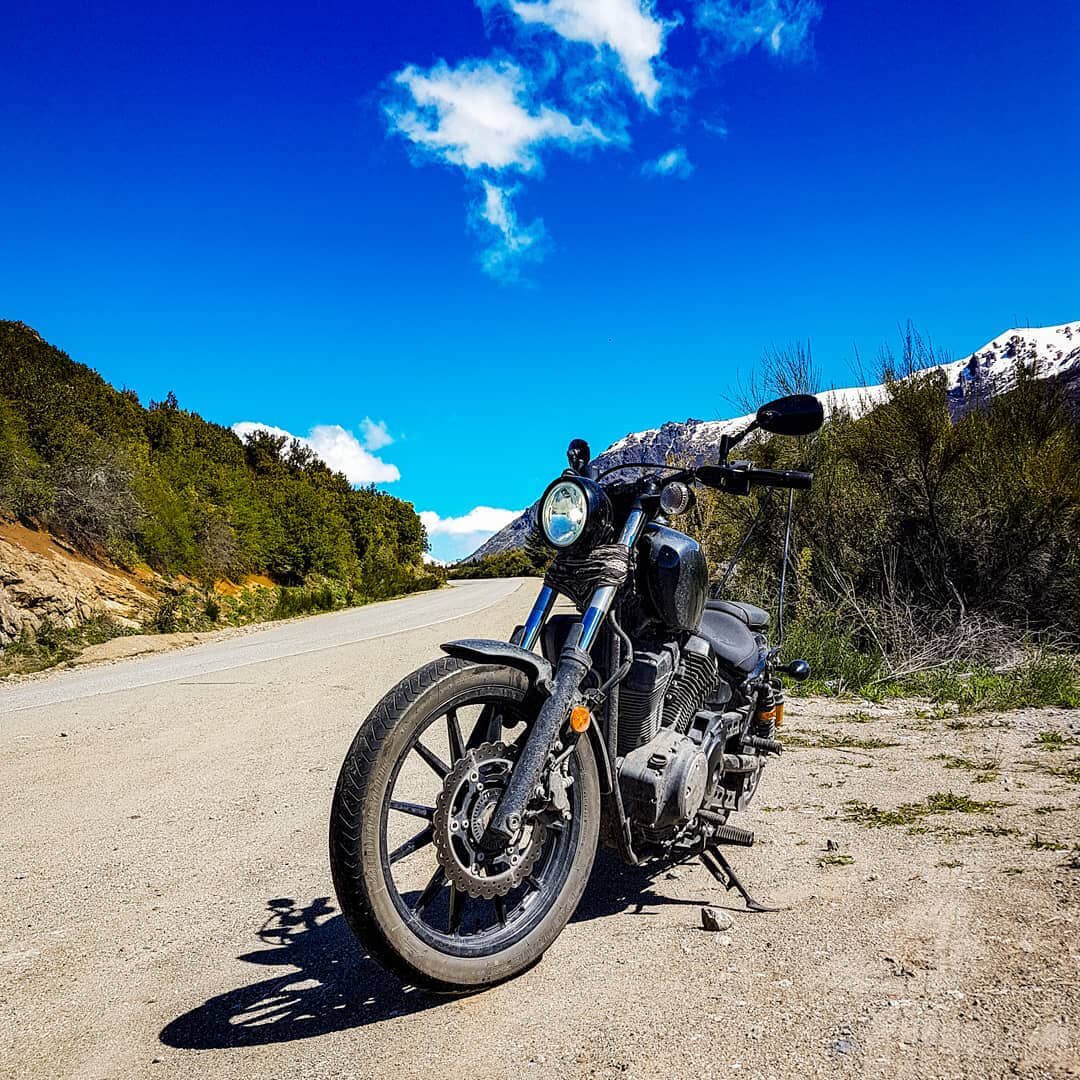







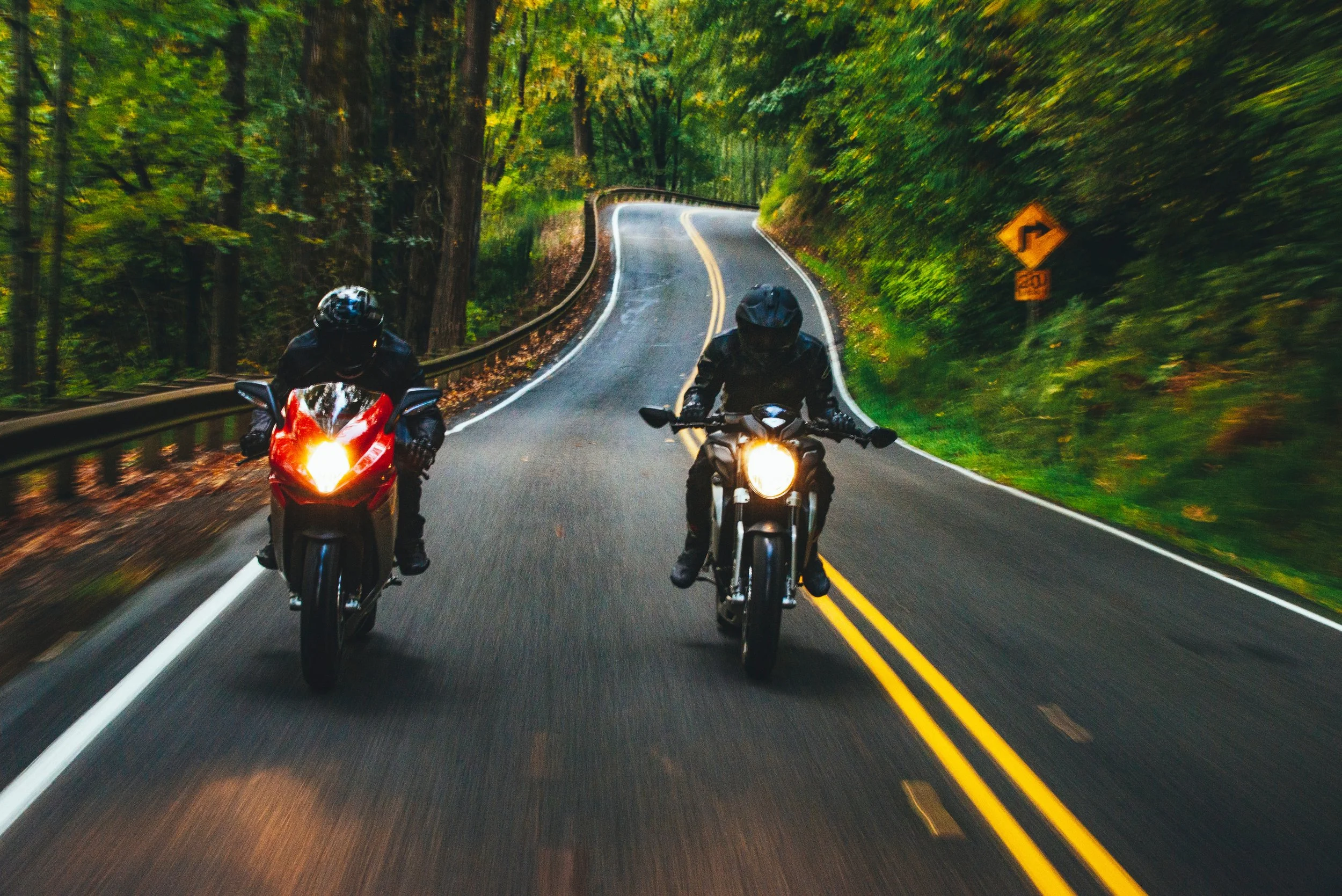


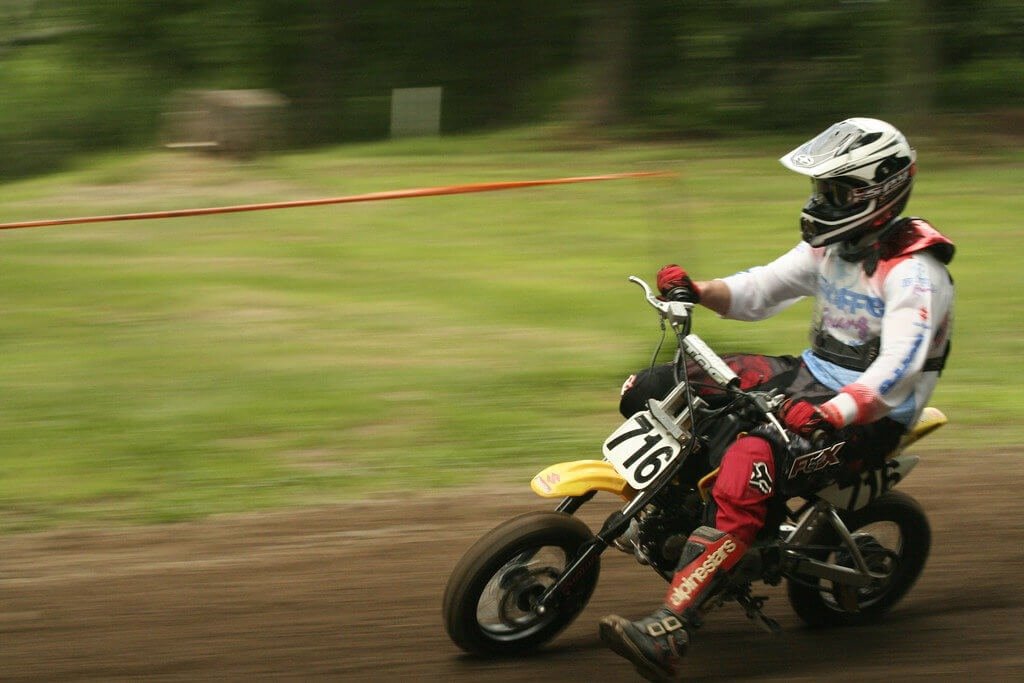
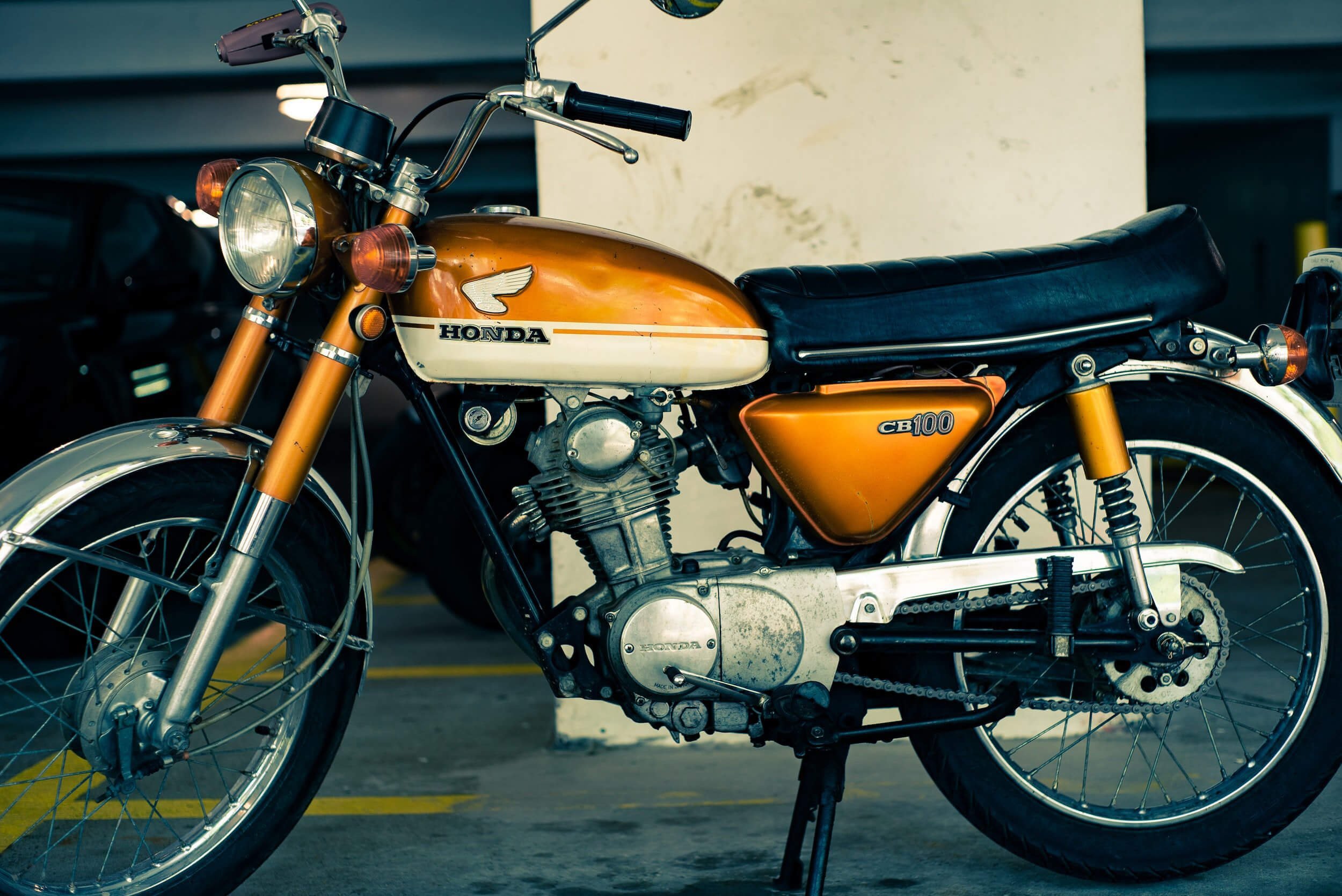

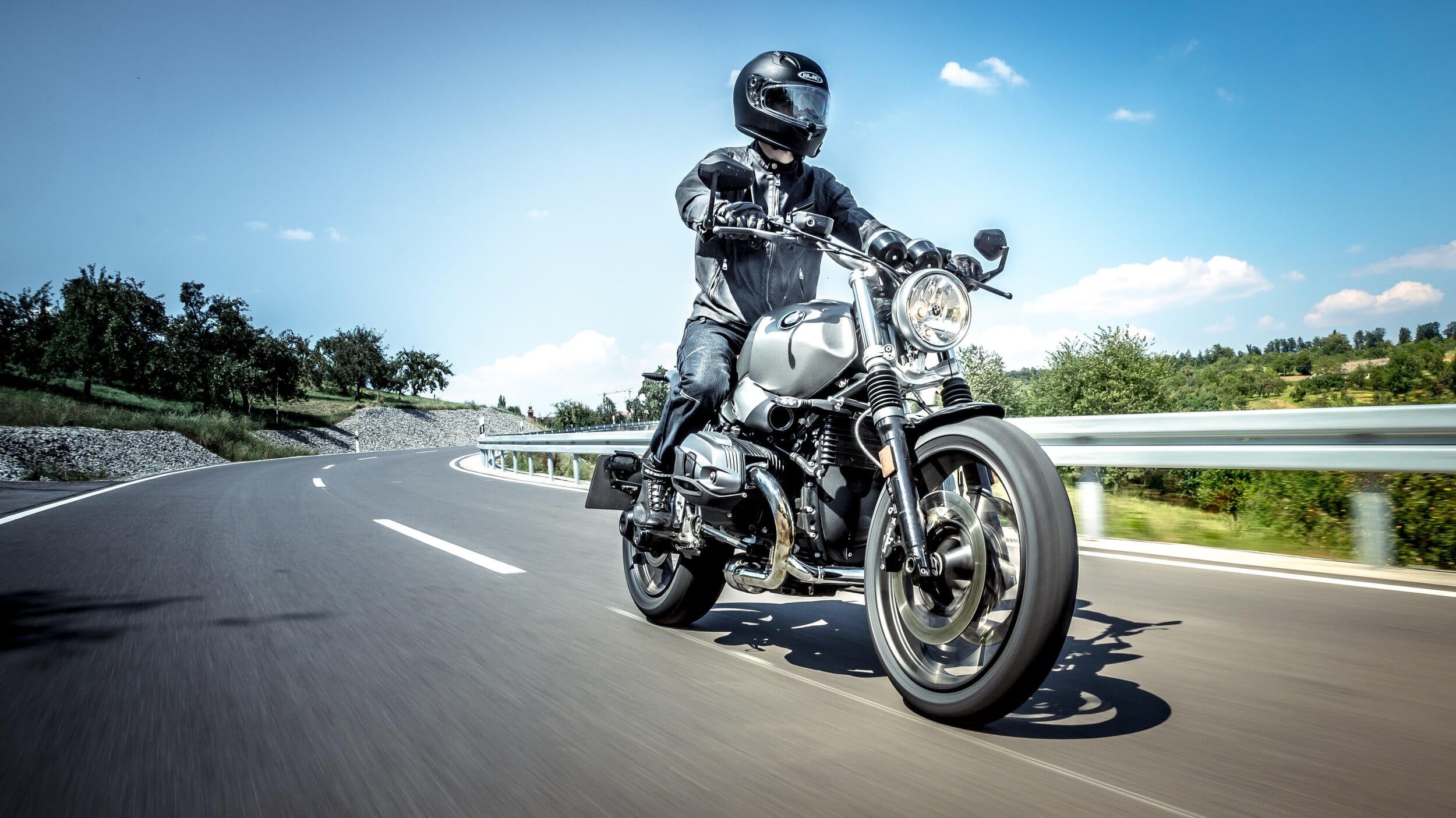


Motorcycle accidents account for a disproportionate percentage of traffic fatalities and serious injuries. The dangers are real, and the importance of safety cannot be overstated.